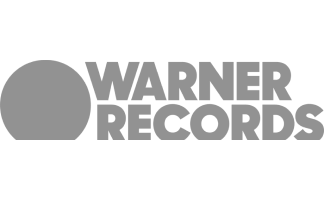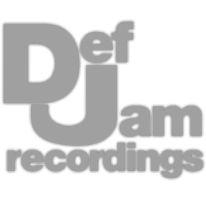Professional Analog Mastering.
Professional Analog Mastering.










When trying to understand limiters, know first and foremost that they are attenuators or compressors with an instant attack time and often include a brick-wall ceiling. The first few dB of attenuation is difficult to hear but after about 5dB of attenuation, small amounts of distortion will become noticeable.
A limiter protects your signal from clipping distortion while allowing you to increase the perceived loudness of a signal. All limiters have an instant attack time to avoid any signal going above the set threshold - this is convenient but can cause significant distortion to a signal if used excessively.
Let’s listen to some various brick-wall limiters.
Since limiting is used to attenuate peaks, you can use less limiting or avoid it altogether by controlling your dynamics. One of my favorite ways to do this is with upward compression, which brings the quietest aspects of the signal upward, increasing detail while reducing dynamic range.
Try various forms of compression instead of heavy limiting to see if you can achieve more controlled dynamics before limiting.
By instantly attenuating a signal when it crosses a threshold, limiting will cause mild to moderate distortion to your signal - how much distortion depends on the amount of attenuation and the limiter type. For example, some algorithms like the modern setting in the Pro L2 reduce harmonic distortion significantly.
Whereas others like the punch algorithm create purposeful distortion to increase the volume of transients. Let’s listen to some of these various settings.
Whereas a limiter attenuates signals that cross a threshold, clippers cut the waveform at the point of crossover, in turn causing moderate to significant harmonic distortion. When we use a limiter, we’re trying to avoid the hard clipping that our digital system would create; however, clipping can be useful.
Some engineers use both clippers and limiters to both attenuate and clip their signal, finding that it gives them better control over their transients and the timbre of their mix.
Most limiters let you delink your channels, meaning the detection and attenuation of your left and right channels is performed independently. This can greatly change the overall sound of your master and can help retain detail that would have otherwise been attenuated from grouped attenuation of the left and right.
Personally, I really enjoy the sound of delinked limiting and finding that I’ll link the left and right by only about 30% to keep some cohesion, but retain channel independence.
True peak limiting has become increasingly popular in recent years since it instantly detects inter-sample peaking distortion and reduces the signal according to that metric. This results in less overall distortion; however, it can have a large impact on a mix’s transient detail and will reduce the perceived loudness.
It works by reforming distorted waveforms, which as you can imagine, will change the timbre or ADSR of that transient.
Let's listen to both true peak and non-true peak limiting.
If you want to avoid inter-sample peaking distortion when you’re limiting, but you don’t want to use true peak limiting due to the cons we just covered, follow these 3 steps. Lower your limiter’s ceiling to -1 to -0.5dB, introduce 0.1ms of lookahead and increase oversampling to 4x.
Although this won’t completely eliminate inter-sample clipping, it will greatly reduce the amount of it while retaining the ADSR of your transients.
If you use 2 limiters on your master you can avoid some of the distortion that would be caused by relying too heavily on one. To do this, use 2 identical or different limiters back to back - the first will attenuate peaks and attenuate the signal by about 2dB.
The 2nd limiter can be used to increase the perceived loudness. On both limiters, use the ceiling, lookahead, and oversampling settings we covered earlier. Also, try different limiter types to combine the timbres of each.
So far we’ve been discussing brick wall limiters, but limiters can be any attenuator with a ratio greater than 10:1. Unlike brick wall limiters, the attack times won’t be instant, meaning you can shape the signal more easily with various attack and release controls.
Additionally, if you’re trying the 2 limiter technique we just covered, try it with the first limiter being a soft or 10:1 limiter. This will control peaks with less distortion, and will also give you greater control over your signal’s timbre.